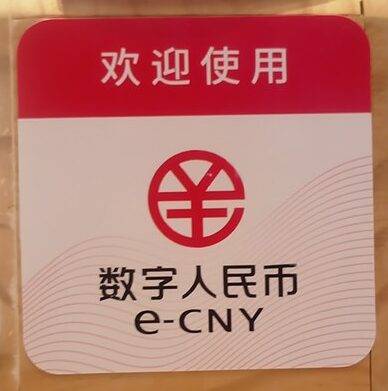China’s digital yuan trial has surpassed a transaction value of 34.5 billion yuan ($5.3 billion), as the central bank continues to lead the world in establishing a virtual currency.

According to a white paper published Friday by the People’s Bank of China, more than 20.8 million people in China have opened a virtual wallet to store digital money and have completed more than 70.7 million transactions. The central bank stated that it will continue to test and develop the system, but that no date for its official launch has been announced.
Furthermore, the central bank has essentially completed the research and development of the design and function of the digital currency. In the future, the PBOC intends to “further widen the scope of the trials and the scenarios they cover”.
China’s attempt to create a digital yuan has sped up the process around the world, leading more central banks to consider producing virtual currencies. At the same time, it has generated concerns that China’s digital currency might threaten the dollar’s dominance as the world’s premier reserve currency, despite Chinese officials’ claims that it will be used mostly for domestic retail transactions.
China started testing its digital currency in late 2019 and has since expanded it to 11 cities and provinces. According to the report, the public’s understanding of how it works has improved as a result of the trials.
The digital yuan is a retail central bank digital currency (CBDC) that will be distributed among the general public, rather than a wholesale CBDC that will be provided to commercial banks and other organizations for large-volume transactions.
Although the digital yuan can technically be used for cross-border transactions, the white paper states that it will be primarily used for local retail transactions for the time being. The PBOC will investigate cross-border experiments depending on overseas demands while also respecting other nations’ monetary sovereignty.




